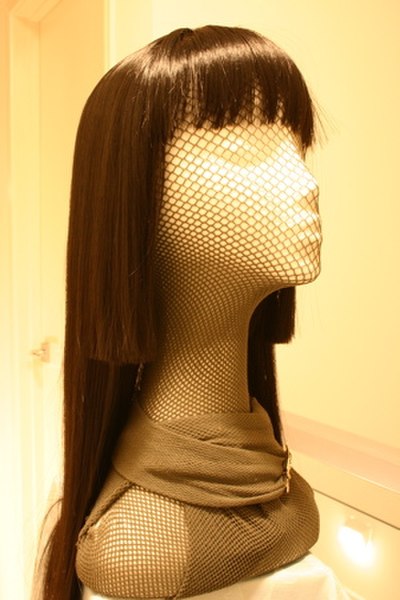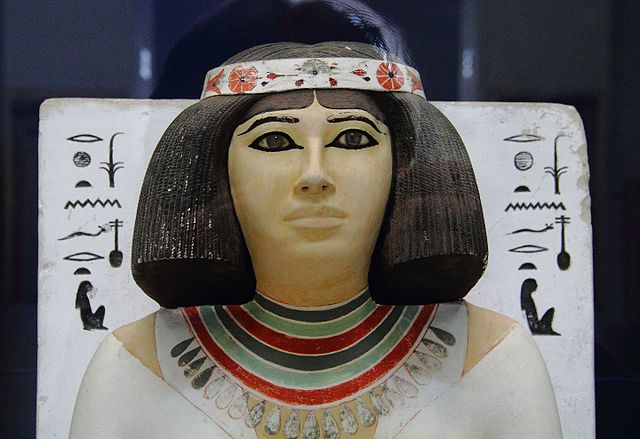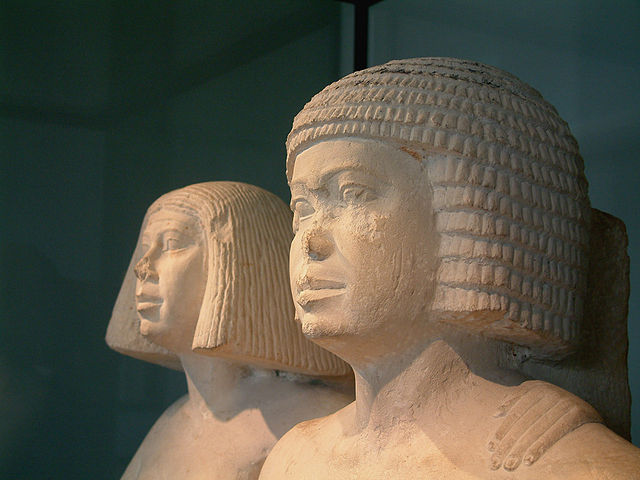1795–1820 in Western fashion
Fashion in the period 1795–1820 in European and European-influenced countries saw the final triumph of undress or informal styles over the brocades, lace, periwigs and powder of the earlier 18th century. In the aftermath of the French Revolution, no one wanted to appear to be a member of the French aristocracy, and people began using clothing more as a form of individual expression of the true self than as a pure indication of social status. As a result, the shifts that occurred in fashion at the turn of the 19th century granted the opportunity to present new public identities that also provided insights into their private selves. Katherine Aaslestad indicates how "fashion, embodying new social values, emerged as a key site of confrontation between tradition and change."
In the early 1800s, women wore thin gauzy outer dresses while men adopted trousers and overcoats. Rutger Jan Schimmelpenninck and his family, 1801–02, by Pierre-Paul Prud'hon
Madame Raymond de Verninac by Jacques-Louis David, with clothes and chair in Directoire style. "Year 7", that is 1798–99.
Painting of a family game of checkers ("jeu de dames") by French artist Louis-Léopold Boilly, c. 1803.
A well-to-do family edges cautiously along a plank to avoid the muddy streets of Paris, by Boilly, 1803
A wig is a head covering made from human or animal hair, or a synthetic imitation thereof. The word is short for "periwig". Wigs may be worn to disguise baldness, to alter the wearer's appearance, or as part of certain professional uniforms.
A conventional hime cut wig
Statue of princess Nofret wearing a wig (c. 2613 to 2494 BC.)
Egyptian couple wearing formal wigs of the 4th or 5th dynasties
Bust of a Roman woman wearing a "diadem" wig, c. 80 CE








